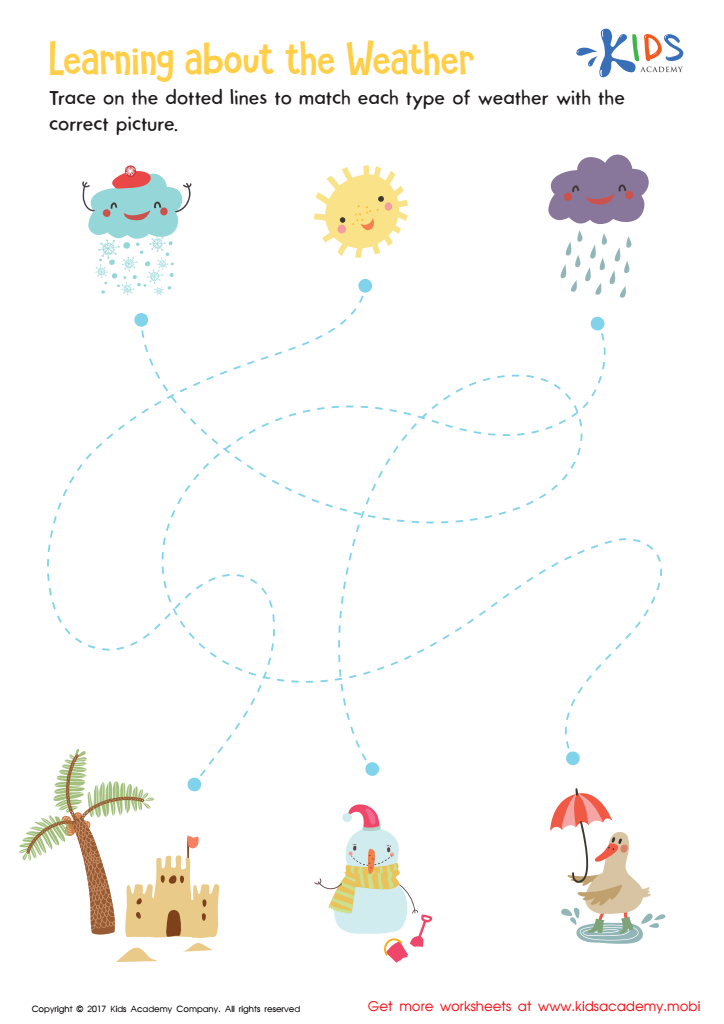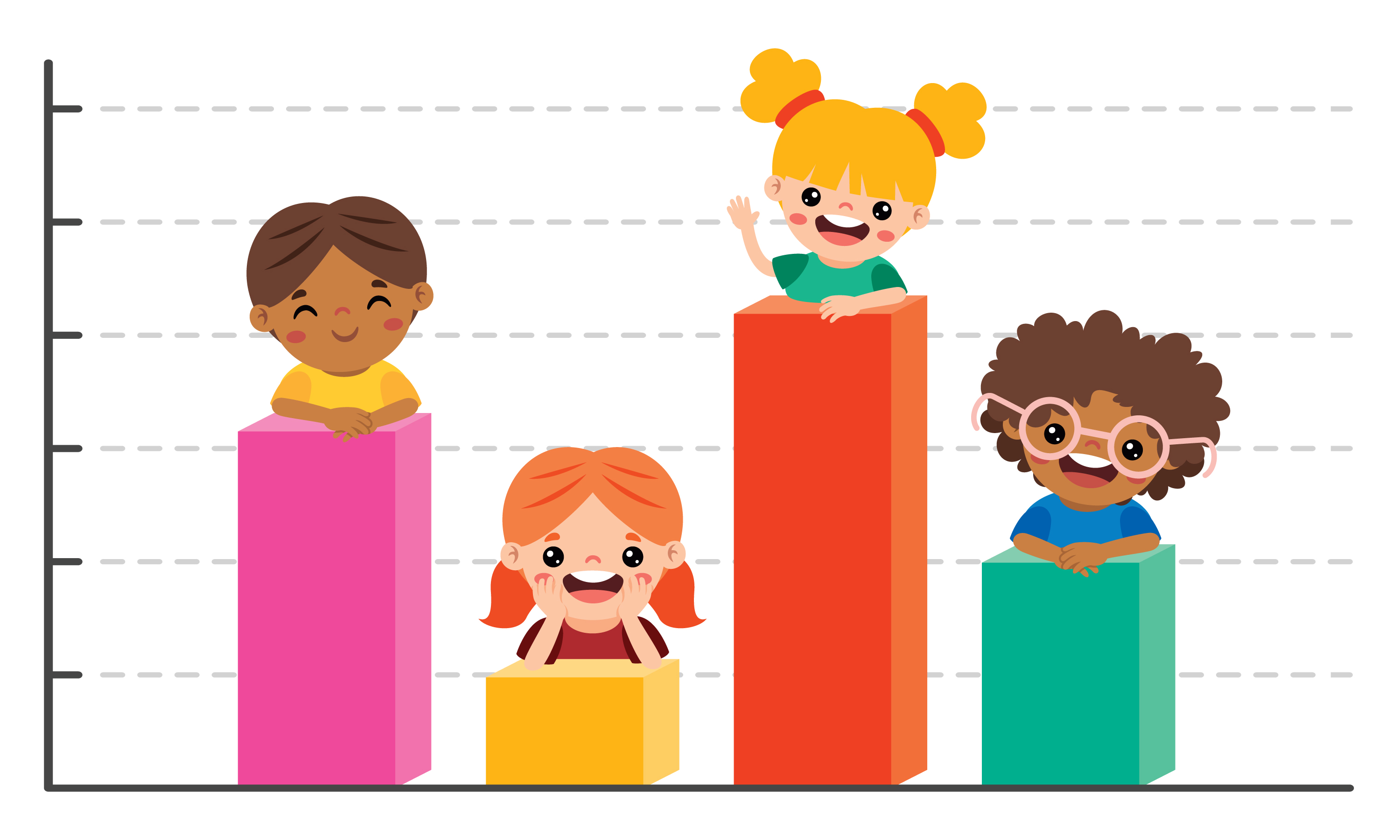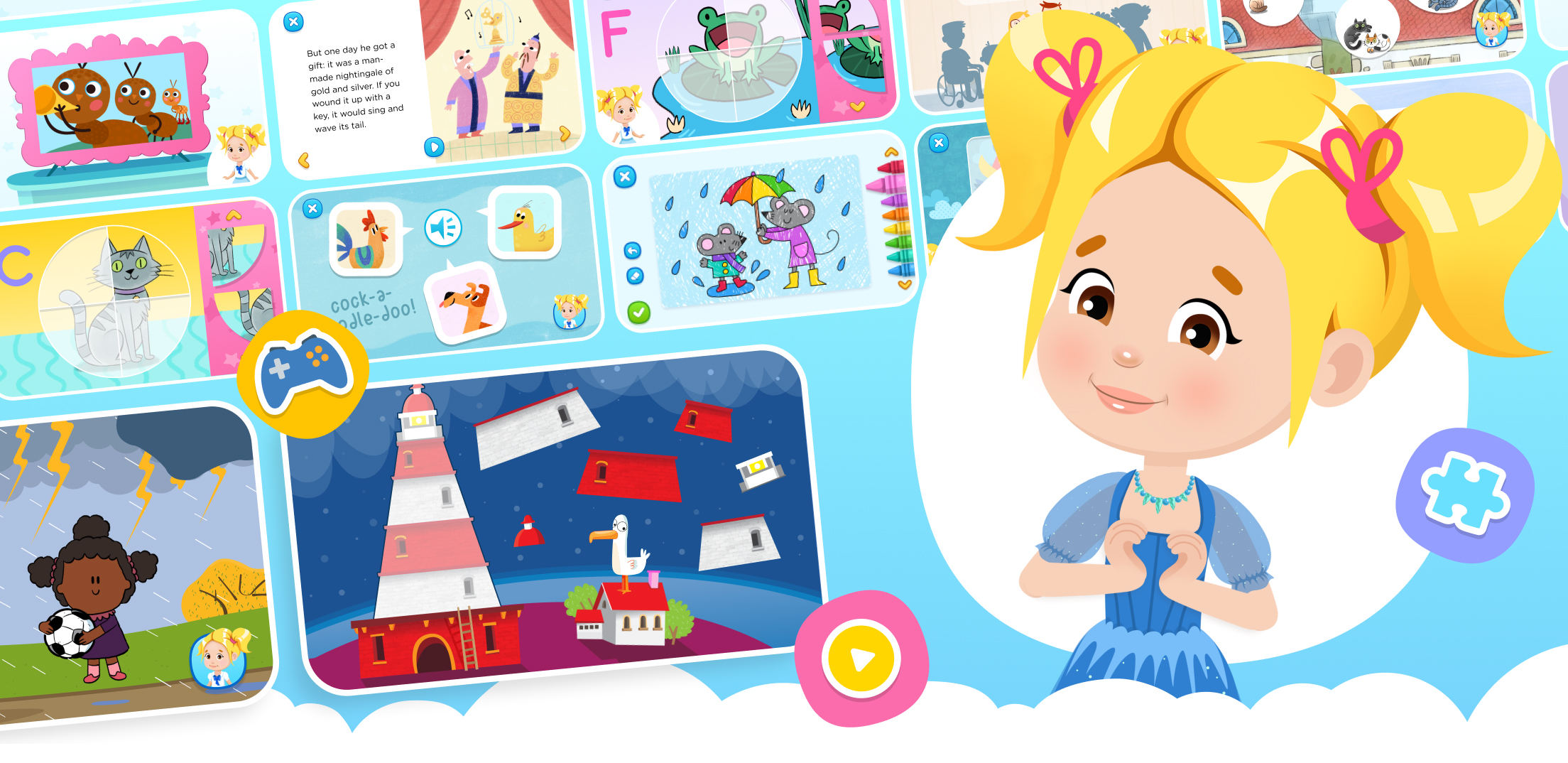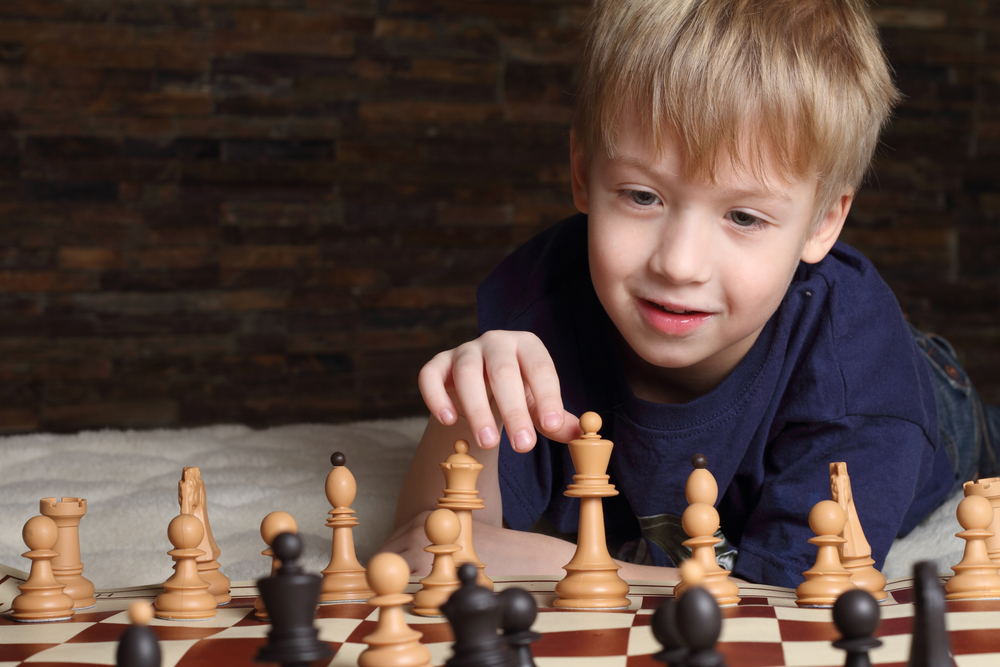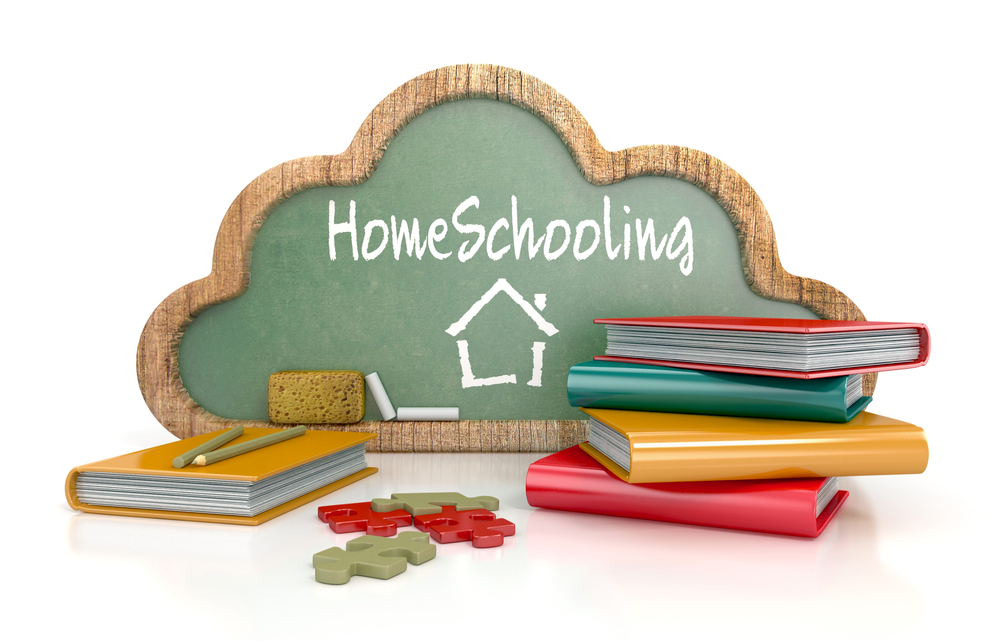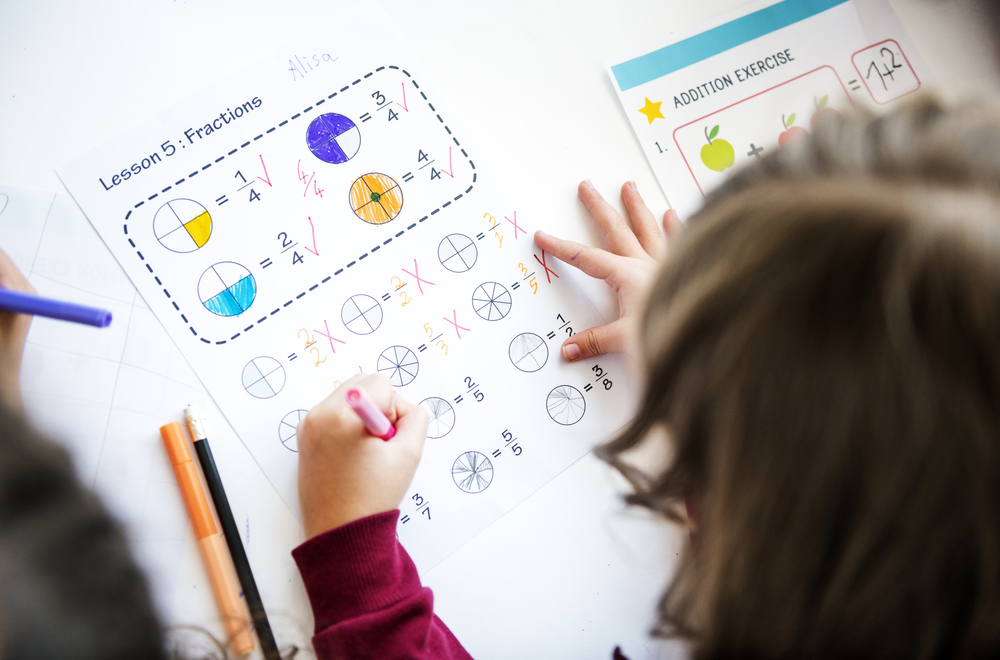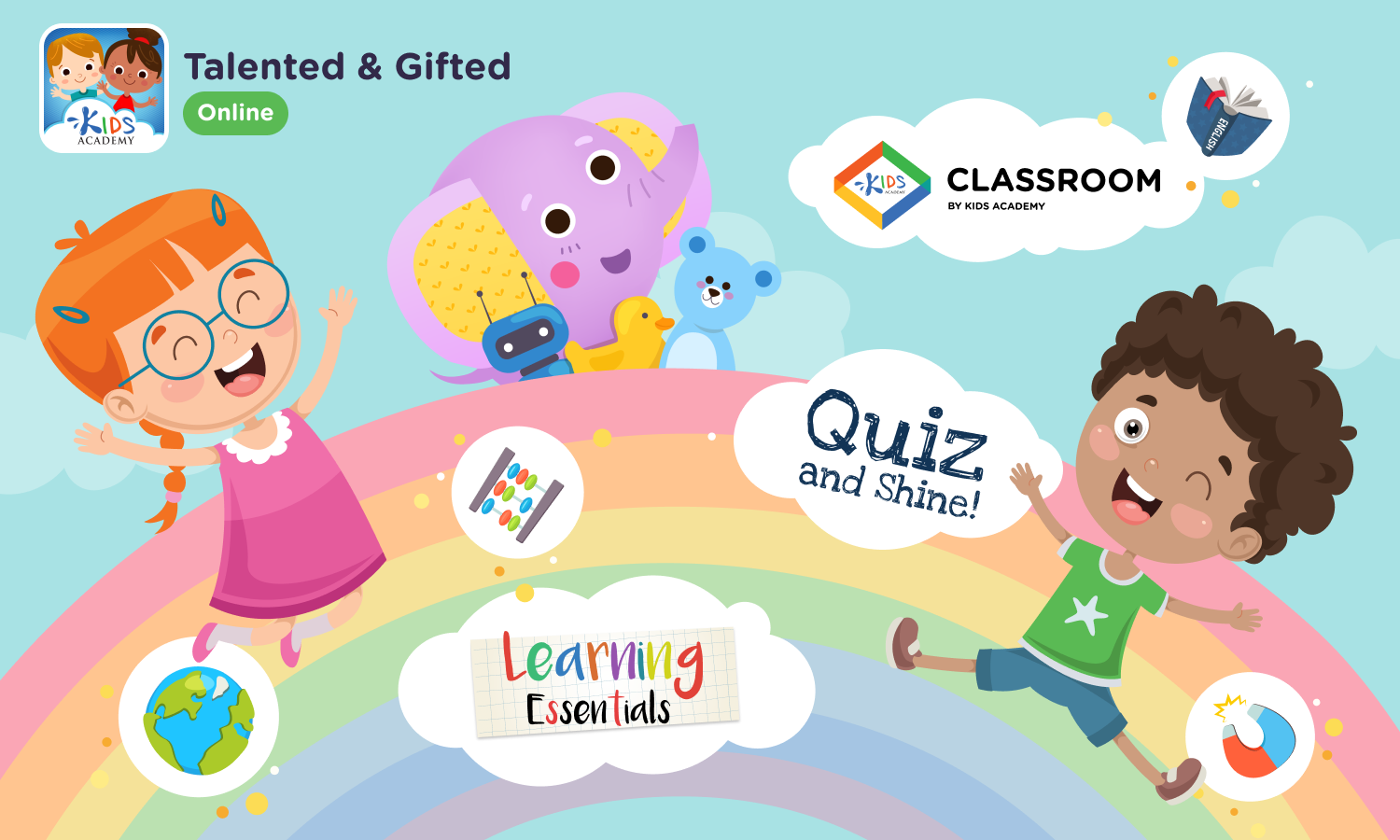Reading comprehension Matching Worksheets for Ages 3-8
10 filtered results
-
From - To
Nurture your child’s reading abilities with our engaging Reading Comprehension Matching Worksheets for ages 3-8! These fun, educational worksheets are designed to enhance vocabulary, understanding of narratives, and critical thinking. They feature captivating stories and interactive matching exercises that connect pictures to words, making learning enjoyable and effective. By mastering these activities, young readers will develop key skills such as identifying main ideas, sequencing events, and inferring meanings. Perfect for preschoolers and early graders, our worksheets offer enjoyable and productive screen-free learning experiences, tailored to boost each child’s reading confidence and success. Start exploring today and inspire a lifelong love for reading!
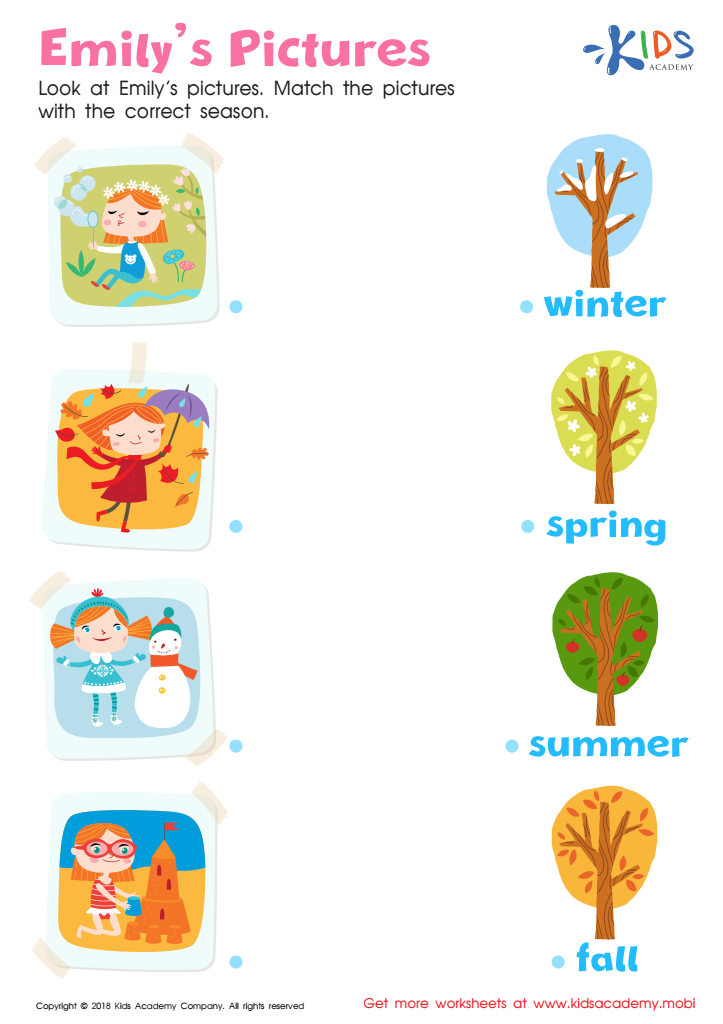

Emily's Pictures Worksheet


Matching: Classifying Toys by Size Worksheet


What's the Weather Like? Worksheet
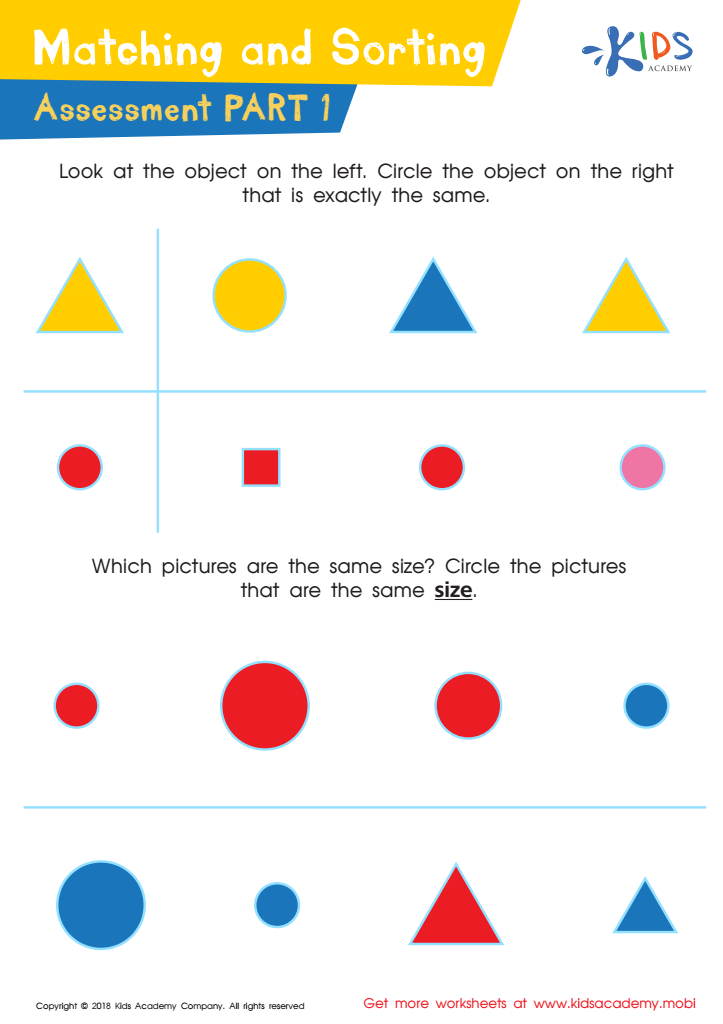

Matching and Sorting for Kindergarten: Assessment 1 Worksheet


Learning about Question Words Worksheet
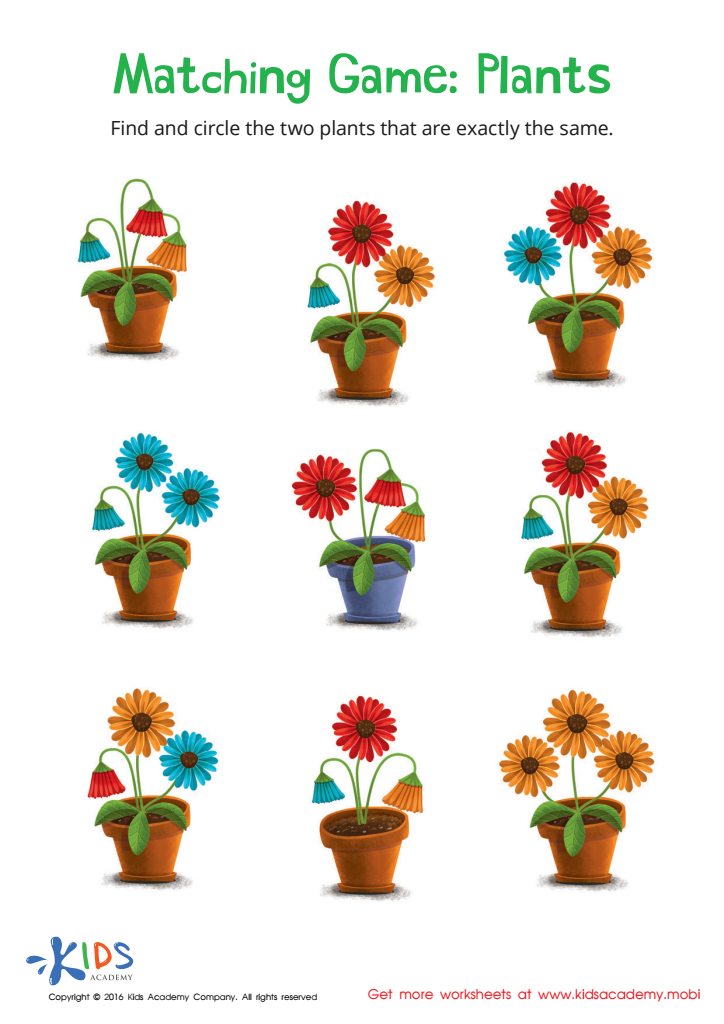

Matching: Plants Worksheet


Chess Facts Bingo Worksheet
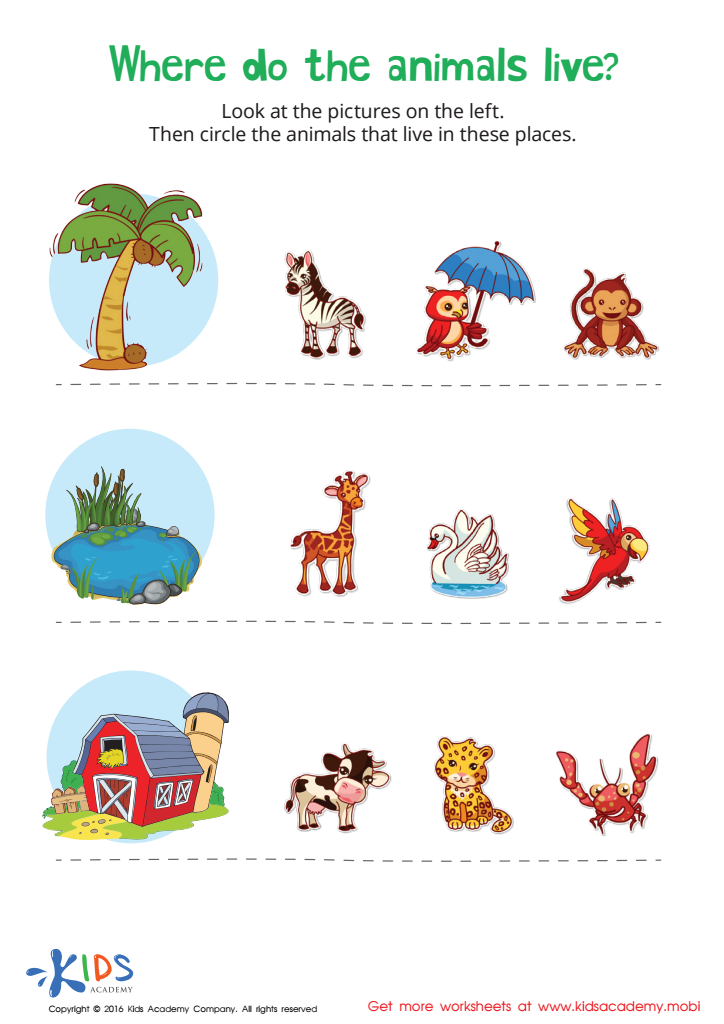

Where Animals Live Worksheet


Helpful Health Worksheet
Reading comprehension matching is a crucial early literacy activity that holds significant benefits for children aged 3-8. This age range is a formative period for cognitive development, and reading comprehension skills are foundational for academic success and lifelong learning. Here's why parents and teachers should prioritize this activity:
-
Building blocks of literacy: Matching words to pictures, sentences, or related phrases enhances a child’s understanding of vocabulary, grammar, and context. These are the building blocks for proficient reading and writing.
-
Cognitive development: For young children, comprehension matching exercises stimulate critical thinking and problem-solving skills. By associating words with their meanings or contexts, children enhance their memory, attention to detail, and cognitive flexibility.
-
Foster a love of reading: Early positive experiences with reading can spark a lifelong love of books and learning. Interactive activities like matching make reading fun and engaging, laying a strong foundation for future academic pursuits.
-
Visual and auditory learning: Matching exercises cater to diverse learning styles, particularly visual and kinesthetic learners. They tie visual stimuli to auditory processing, ensuring a more holistic learning approach interlinking various sensory channels.
-
Language Development: Engaging in reading comprehension activities expands a child's vocabulary and improves their ability to express themselves clearly and accurately both verbally and in written form.
By centering such activities in educational practices, parents and teachers effectively prepare children for academic challenges ahead and instill invaluable skills that benefit all realms of life.
 Assign to My Students
Assign to My Students


